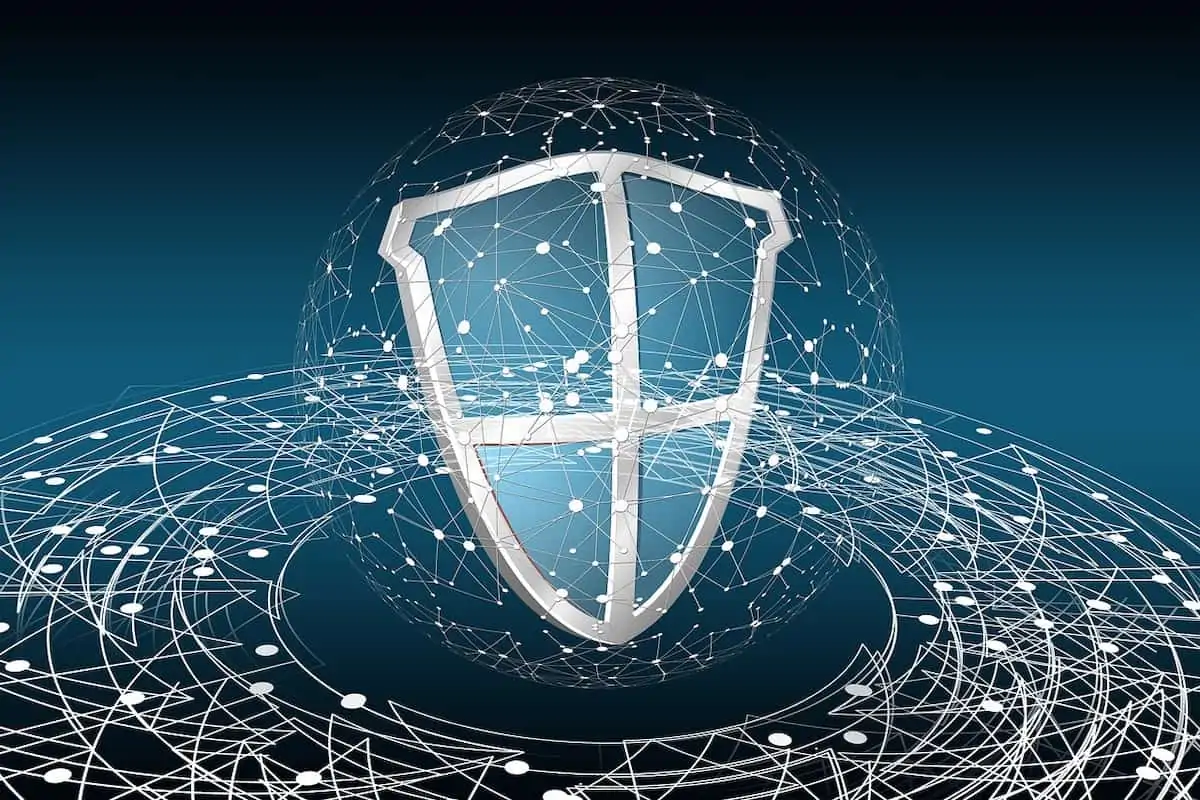Technology has mainly driven the growth of supply chain operations throughout the years. Organizations of all sizes are migrating to the digital world, some pushed by the recent upheavals. While organizations construct their cyber security options and fortresses, there are many weaknesses at contact with manufacturers, suppliers, worldwide partners, and other service providers to consider.
The growth of supply chain cyber threats in the aftermath of COVID-19 has also made a serious risk for cyber security much more vital than it has always been. Supply chain breaches pose a substantial danger to businesses, potentially interrupting operations and harming their reputations.
Cyber security in the supply chain cannot be considered an IT issue alone. Generally, cyber security supply chain threats affect the following:
- Procurement
- Vendor management
- Supply chain continuity
- Quality
- Transportation security
- Many other corporate operations
The threat influence to the above areas necessitates a collaborative effort to solve. Imagine if your IT infrastructure used for these entire supply chain operations, get affected by Cyber attacks then what would you do? We have a recent example of Colonial Oil Pipeline attack by hackers. That’s why tech companies insist to have a NDR (Network Detection and Response) solution installed at your network layer that helps to detect and prevent such attacks.
Denial of service, data breaches, customer data theft, company interruption, and other malware assaults such as ransomware are all examples of supply chain risks. As the saying goes, a supply chain is only as strong as its weakest link. When it comes to cyber security in the supply chain operations, everyone should look through three lenses: technology, people, and process.
Technology
The whole supply chain needs to merge with cyber security protection, mitigation, and response plans. According to Sangfor Technologies, a network security solutions company, “response and recovery” should not be exclusive to internal technological installations.
Cloud technologies, internet of things (IoT) devices, and virtual servers create new opportunities for breaches. Ensure that all internal and third-party systems have good cybersecurity processes in places, such as two-factor authentication and biometric access control. As a regular procedure, risk reduction and recovery strategies must be documented. Open-source software may provide a security risk, and sufficient monitoring for these configurations is critical.
People
The security framework should cover all workers and commercial partners. All staff and third-party entities must have clear roles and responsibilities in protection, detection, reaction, and recovery methods. Bring-your-own-device (BYOD) regulations are a significant source of malware and phishing in the supply chain.
Thus, IT departments should not allow employee-owned devices to access the corporate data network unless routed through a virtual private network (VPN).
Process
Regular monitoring to ensure process compliance by all entities is critical to ensuring the recovery and response plan’s capability. Enterprises can also integrate mechanisms for doing due diligence on the cybersecurity posture of each new business before onboarding it.
They can establish means to remove third-party access once the contract ended since this has been a costly error for many organizations. Companies must also develop corporate-wide data-access rules and regulations, particularly when sharing sensitive data across companies.
Here are four essential cyber security options you should take to strengthen supply chain operations.
1. Good IT Procurement Governance
Establish a strong, unified management mechanism for IT procurement. Limit the number of persons permitted to buy or sign contracts for items and services that may connect to the enterprise’s networks. This approach should ideally be linked to the company’s cyber security team, allowing goods and services to evaluate possible risks and adverse effects.
2. Create A Comprehensive Supply Chain Security Plan
Hackers are opportunistic. They will look for possible exploits anywhere they can. Supply chain cyber assaults come with various objectives in mind, ranging from ransom to intellectual property theft. These intrusions can also take different forms, such as intercepting software updates, inserting malicious code into legal software, attacking IT and operational technologies, and affecting every domain and node.
With the increase in cyberattacks, supply chain executives must cooperate with IT security and risk management experts to understand how to secure supply chain operations.
3. Heighten Smart Product Security
IoT technologies, for example, are assisting supply chain operators, but they also offer serious dangers. Indeed, the digitization of supply chains, with its mix of physical and digital components, broadens the security risks. Furthermore, the growth of intelligent items with embedded code and sensors has raised supply chain threats and vulnerabilities.
This concept of product security has opened the eyes of both the supply chain and IT. To secure the cybersecurity of the supply chains, enterprise leaders must collaborate with other divisions within the business to develop an integrated strategy. At the same time, companies need to use efficient tools that eliminate network security threats, analyze the attacks, and enhance network responses based on data gathered from previous incidents.
4. Use of Blockchain Technology
Blockchain technology is a new trend that can improve accessibility and efficiency while ensuring data security across various business partners. It has the capacity to boost the visibility of the product, data, and financial movements across the supply chain.
Blockchain generates an unchangeable and audit-friendly secured transaction history with each item associated with a verified identity. Combining the property of identity-based transactions with an immutable history log creates a system that delivers new levels of transparency and certainty about supply chain operation.
This property of blockchain is ideally suited to supply chains and security circumstances. Every time something adds to a supply chain, it is vital to know where it originated from. The ability to link every entry to a specific person illustrates blockchain’s promise for supply chain security.
Indeed, in today’s society, where cyber risks will only grow as businesses add more digital components to their supply chain or move such parts across it, a comprehensive cyber security options strategy to managing cyber threats is not a nice-to-have, but a must-have as attack surfaces grow by the day.

